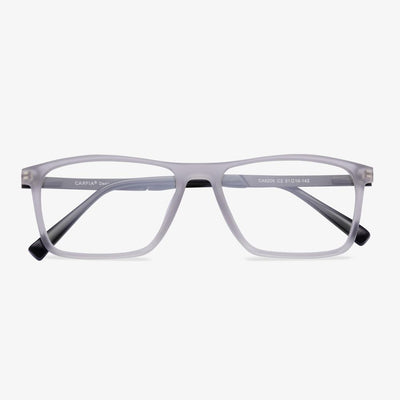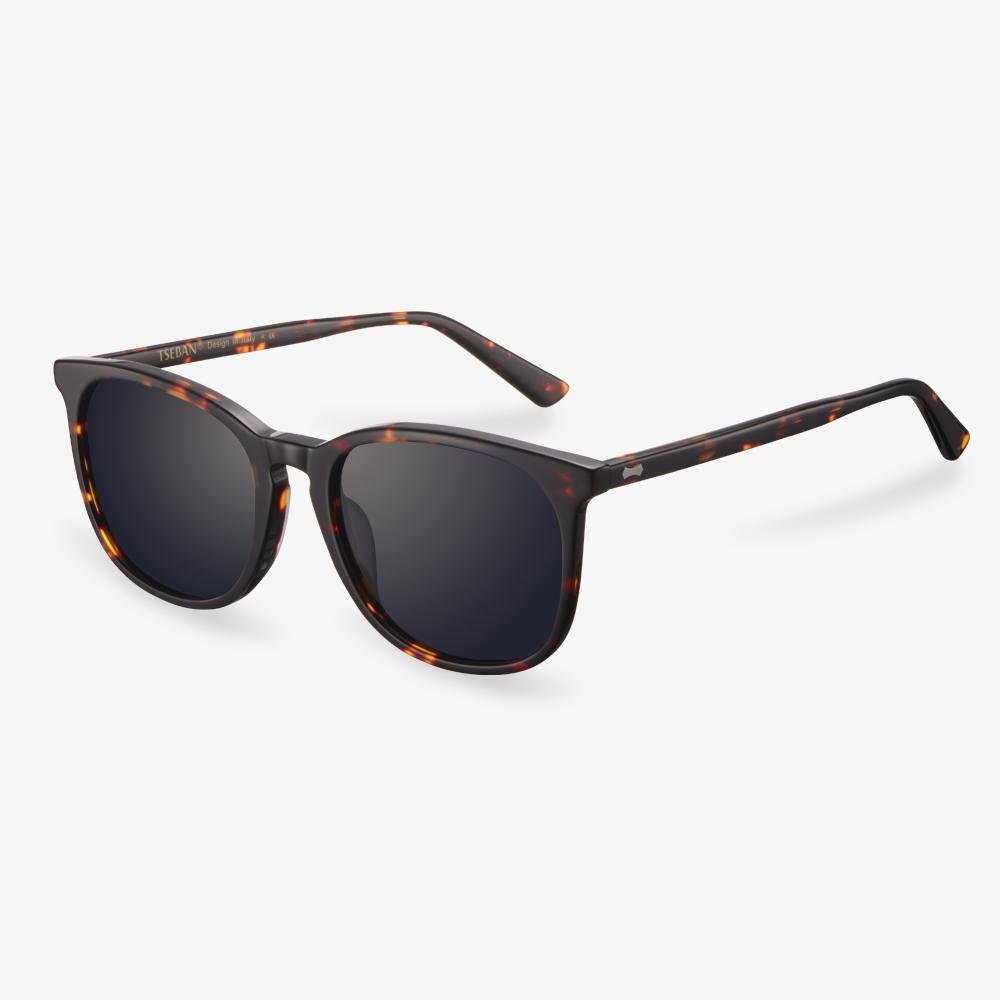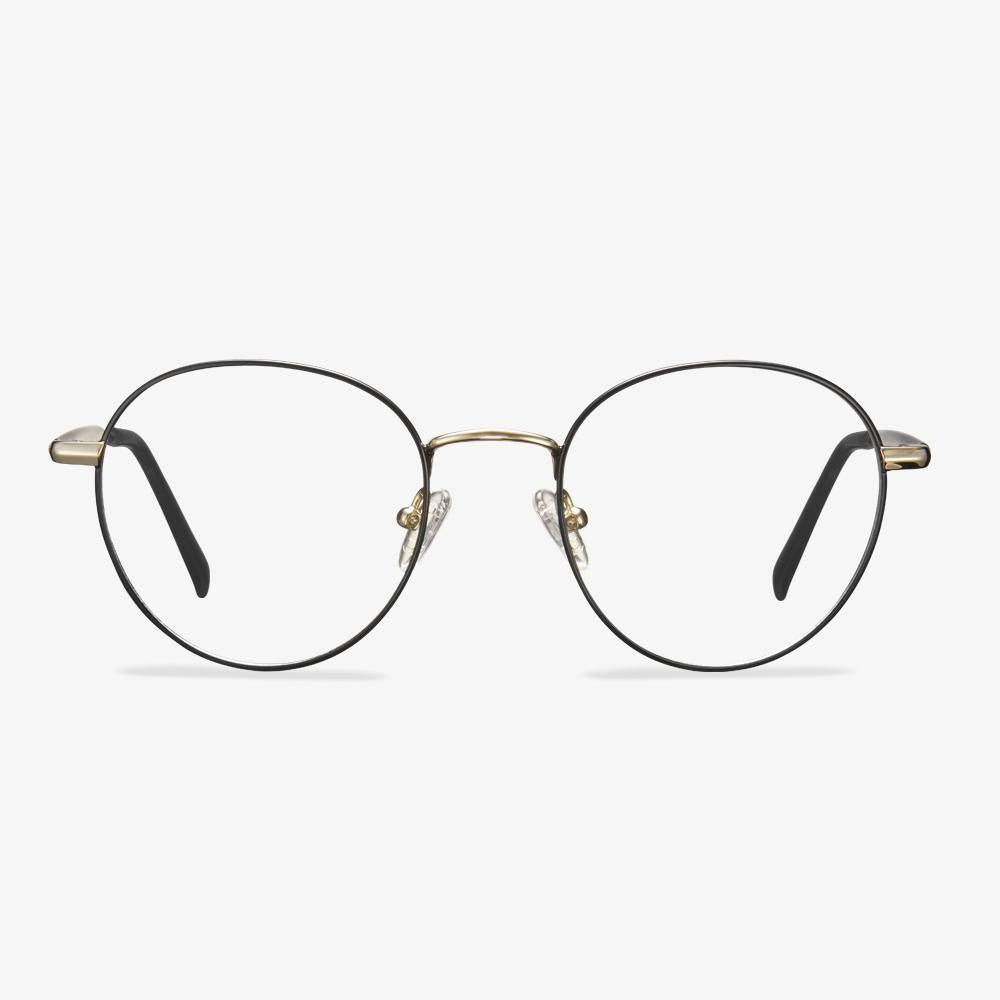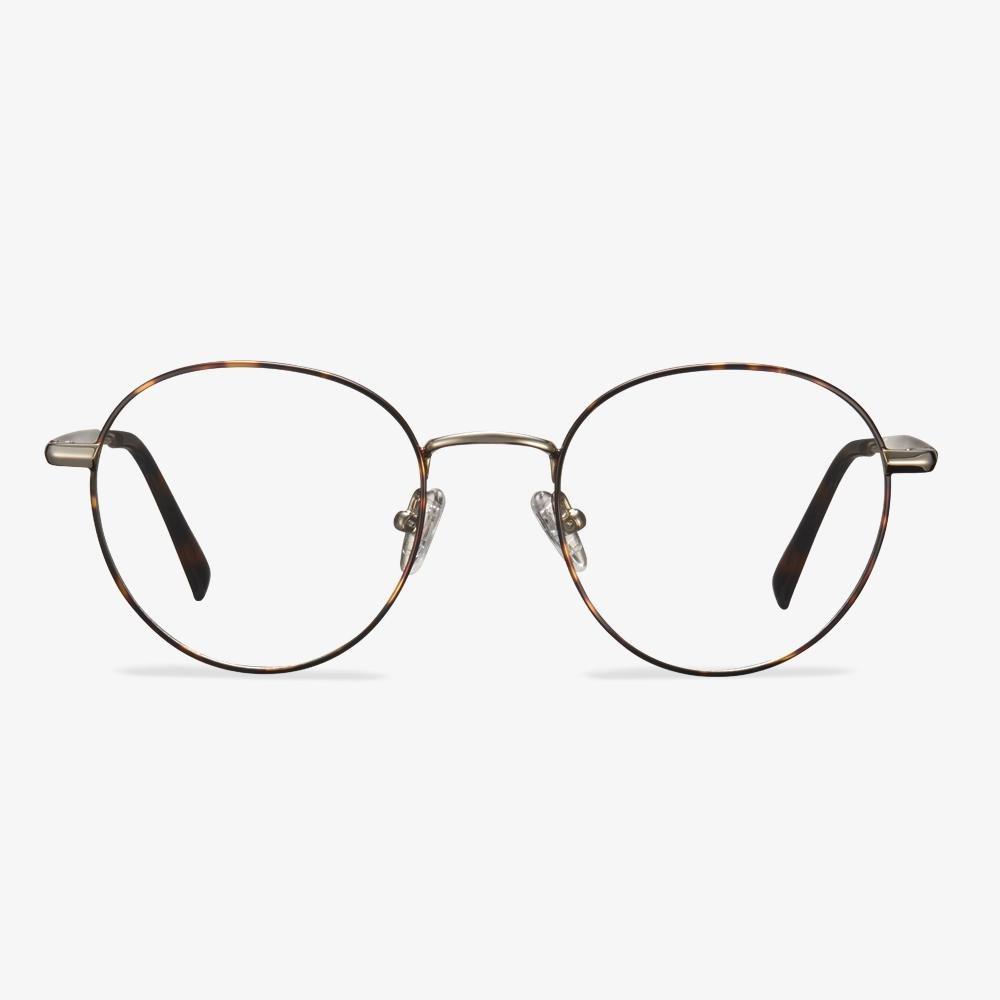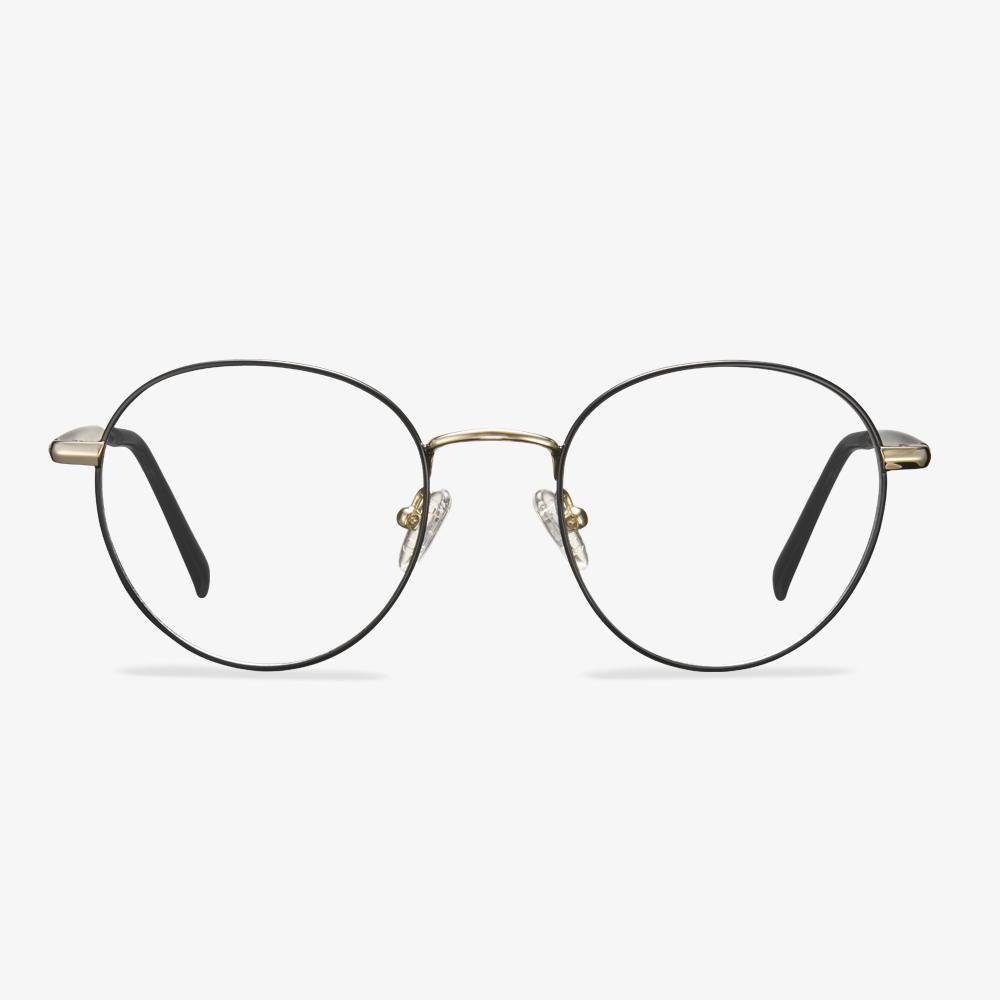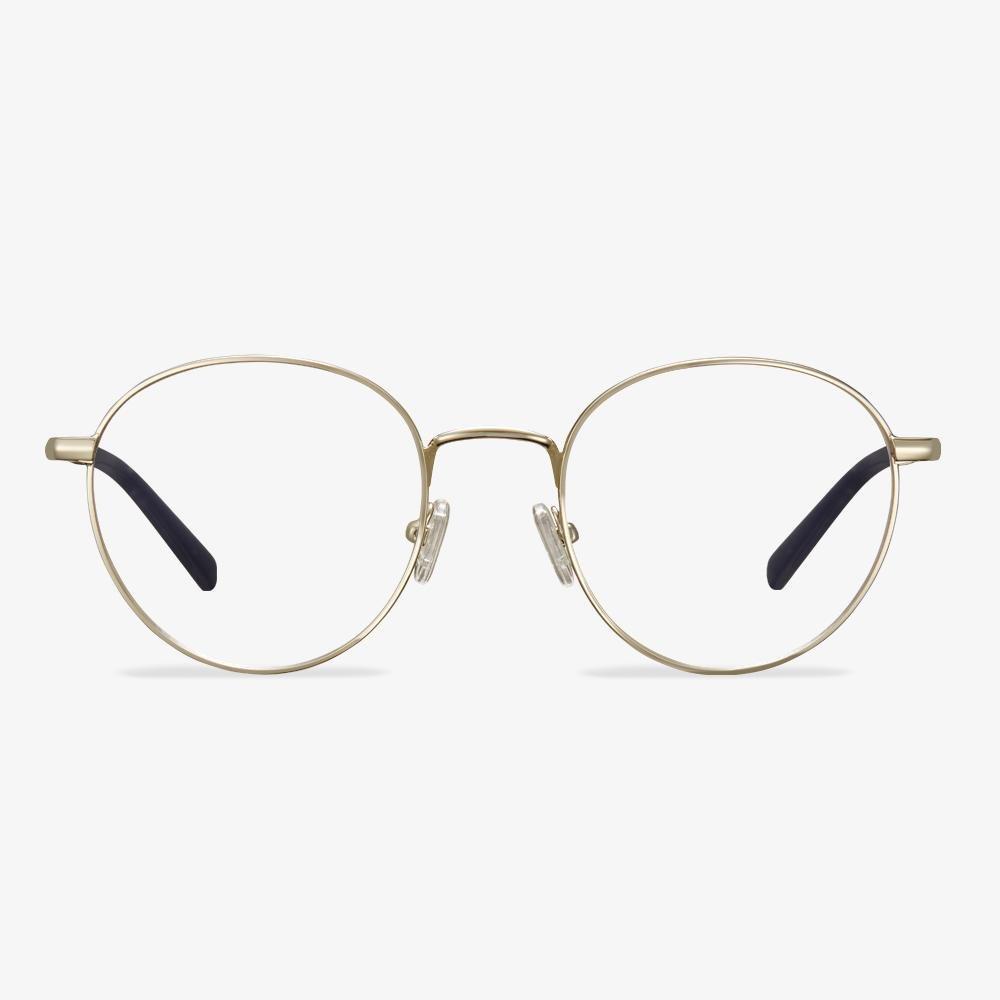Single Vision vs Progressive: What Are Their Differences
In this part, we will show you some differences between single vision and progressive lenses. They differ in several factors, so here we will compare them one by one.
Progressive lenses generally have their reading zones just in the lower half of the lenses, while single vision glasses have the reading power all over the lens. So if you are working on something above your head and you need to see some small details, the progressive lenses will not work. And you can not see through the reading zone in progressive you need to switch to single vision reading glasses.
Single vision glasses are cheap than progressive lenses. Compared to progressive glasses, single vision glasses hold way fewer distortions in the periphery. So, there is no need to customize the lens design to the max. In addition, single vision glasses are often available in the optical store while the progressive often needs to be produced for you. In other words, the delivery time of single vision lenses will be shorter for you.
You can use your progressive glasses optimally just in an upright posture. As soon as you lay down on your couch, this will lead to blurry vision. The reason is your changed position which forces you to look lower through the lenses on the screen. However, with single vision glasses, you can change to an upright position and it would not be a problem anymore. You can position yourself on your couch as comfortably as you want and you can still see clearly with your single vision distance glasses.
Old glasses can be second-hand goods.
You can set your sights even further through sites like Freecycle, where you can meet like-minded people who are actively trying to become more conscious consumers. You can get involved in the circular economy by selling your eyeglasses on local websites such as Gumtree or eBay.
How to Choose Reading Glasses?
If you need reading glasses when using a computer, you may want to choose a lower reading glasses power. This is because most people view their screen from a greater distance from their eyes than when they are reading a book or a magazine.
However, if you need reading glasses for looking at something very close or very small, you may need a pair of stronger power glasses.
In most cases, when two reading glasses’ powers seem equally suitable, choose the glasses with the lower power. Picking reading glasses that are too string typically will cause more discomfort problems than reading glasses that are a little too weak.
Color process of Contact lenses
Pigment printing process
It refers to the direct printing of pigments or patterns on the inside of the lens and then drying, which is the main production process of poor-quality chromatic contact lenses. Usually, small factories and small workshops use this method. The lens is being phased out because the pigment can easily seep out from the surface during wearing, causing discoloration and staining, and irritation to the eyes, which is a big risk.
Pigment build-in process
To be specific, the lens made by sandwich technology is a three-layer structure, the front and rear are colorless transparent layers, and the middle is a colored layer. After the processing of sandwich technology, the color layer is wrapped in the middle of the front and rear transparent layer, so that the pigment will not contact the eyes, which will not cause irritation and injury to the eyes. The downside of this process, however, is that the lenses are slightly thicker than normal contact lenses and are less oxygen-permeable, so they are not suitable for long-term wear.
The pressed film manufacturing process
This is a relatively new method of a similar sandwich process, and the color (pattern) is also made between the front and rear layers of the lens. But the color (pattern) is used to fill in the film process. During lens curing, the pigment seeps into the material instead of sticking to the surface. It feels as if the lens is covered in color within a single layer. This reduces the middle layer and makes the lens thinner, which naturally makes it more comfortable and permeable to oxygen.
Optometry glasses are not professional
Some people will not only experience dizziness when they change their glasses but also have headaches, nausea, vomiting, inattention, neurasthenia, and other symptoms from time to time. And some people even deepen myopia. This is most likely due to unqualified glasses and inaccurate optometry. In short, this eye discomfort is caused by the inconsistency between the power of the glasses and the actual condition of the eyes. Optometry before filling a prescription is a very important step. In addition to checking myopia and astigmatism, it is also necessary to check for eye disease, binocular vision balance, monocular ability, primary vision discrimination, interpupillary distance, etc. In this way, suitable glasses can be fitted according to the overall situation of the person's eyes. The spectacles must also match the parameters of vertex, interpupillary distance, cylindrical lens axis position, etc. Otherwise, it will directly affect the effect of correcting vision, cause the user's visual fatigue, and increase the emphasis on power loss.
Recommended Glasses for Heart Shaped Face
Wayfarers frames: to balance out a wider forehead is by finding frames that have wide, prominent endpoints that extend out past your temples. This can draw the gaze up and away from your cheekbones, making your eyes the focal point. So, the wayfarers frames are recommended.
Cat-eye frames: if you do not know how to choose the best glasses for heart shaped faces, you can try the cat-eye frames glasses. They can be quite versatile and help contour your face, either balancing or highlighting prominent features.
Aviator frames: the last glasses for heart shaped face we want to recommend is the aviator glasses. They can work to draw the eye downwards and flatten the bottom part of your face. The aviator frame glasses can also add a balanced look and soften prominent angular features.
Can you buy prescription glasses for night driving?
Your eye doctor may prescribe special night driving glasses with an anti-reflective coating. AR coating helps reduce glare, improves vision, and helps you see better on the road at night. The lenses developed using wavefront diagnostics reduce halos, stellar bursts, glare, and other visual disturbances.
















